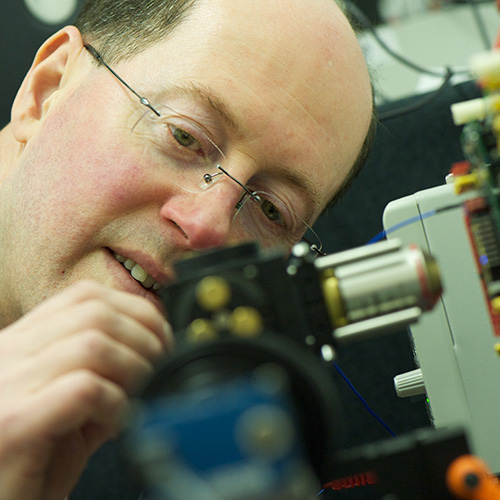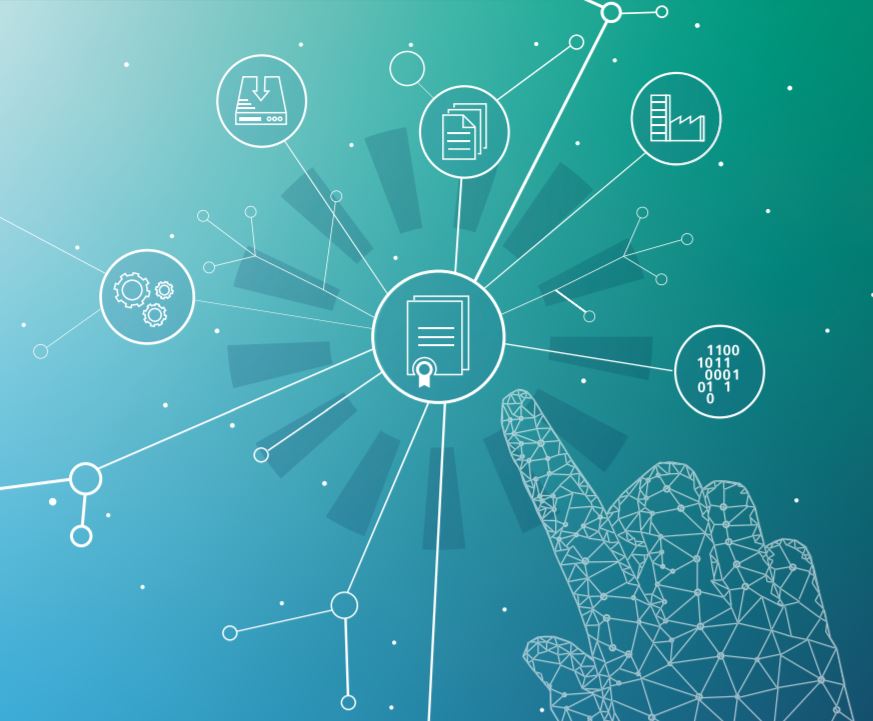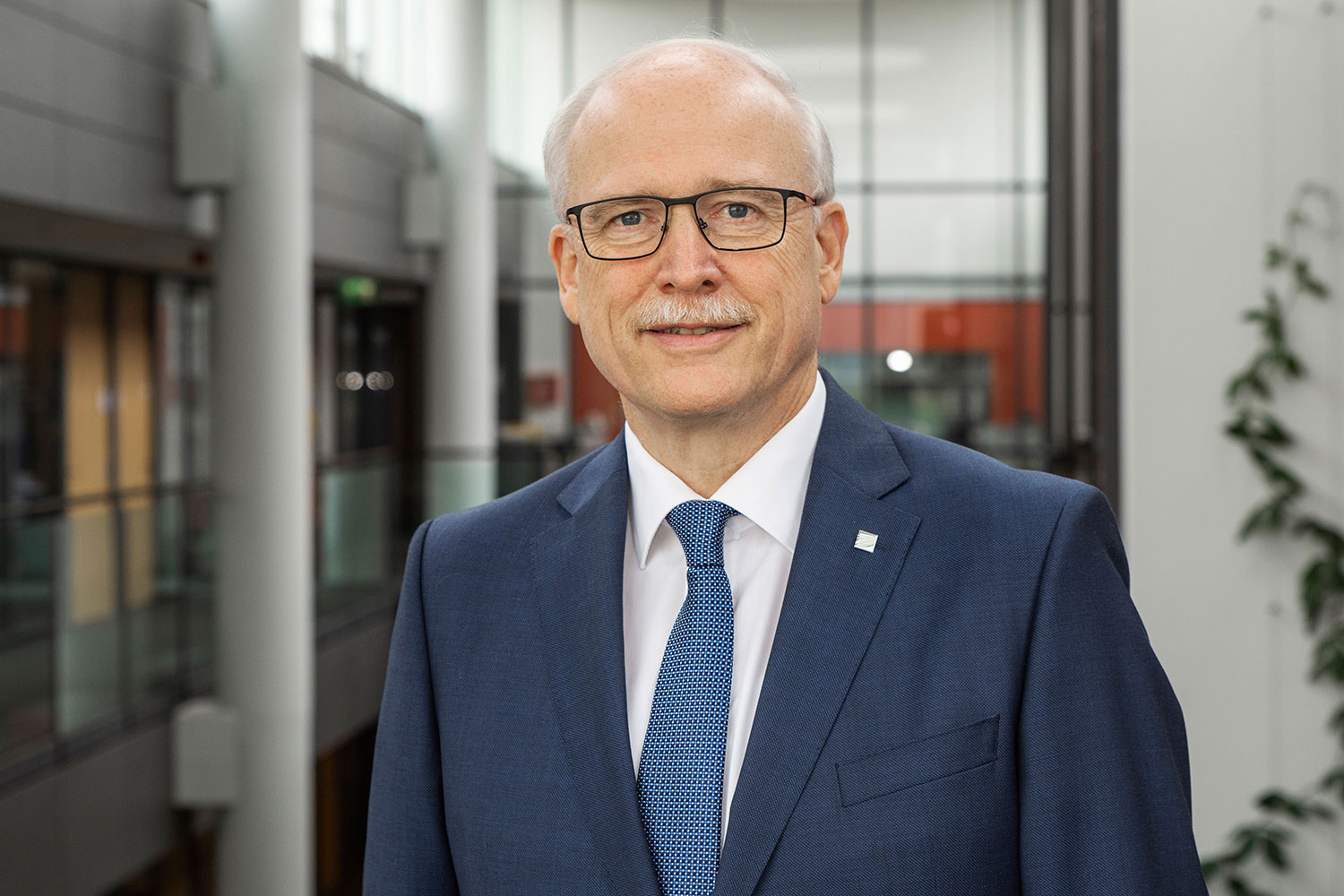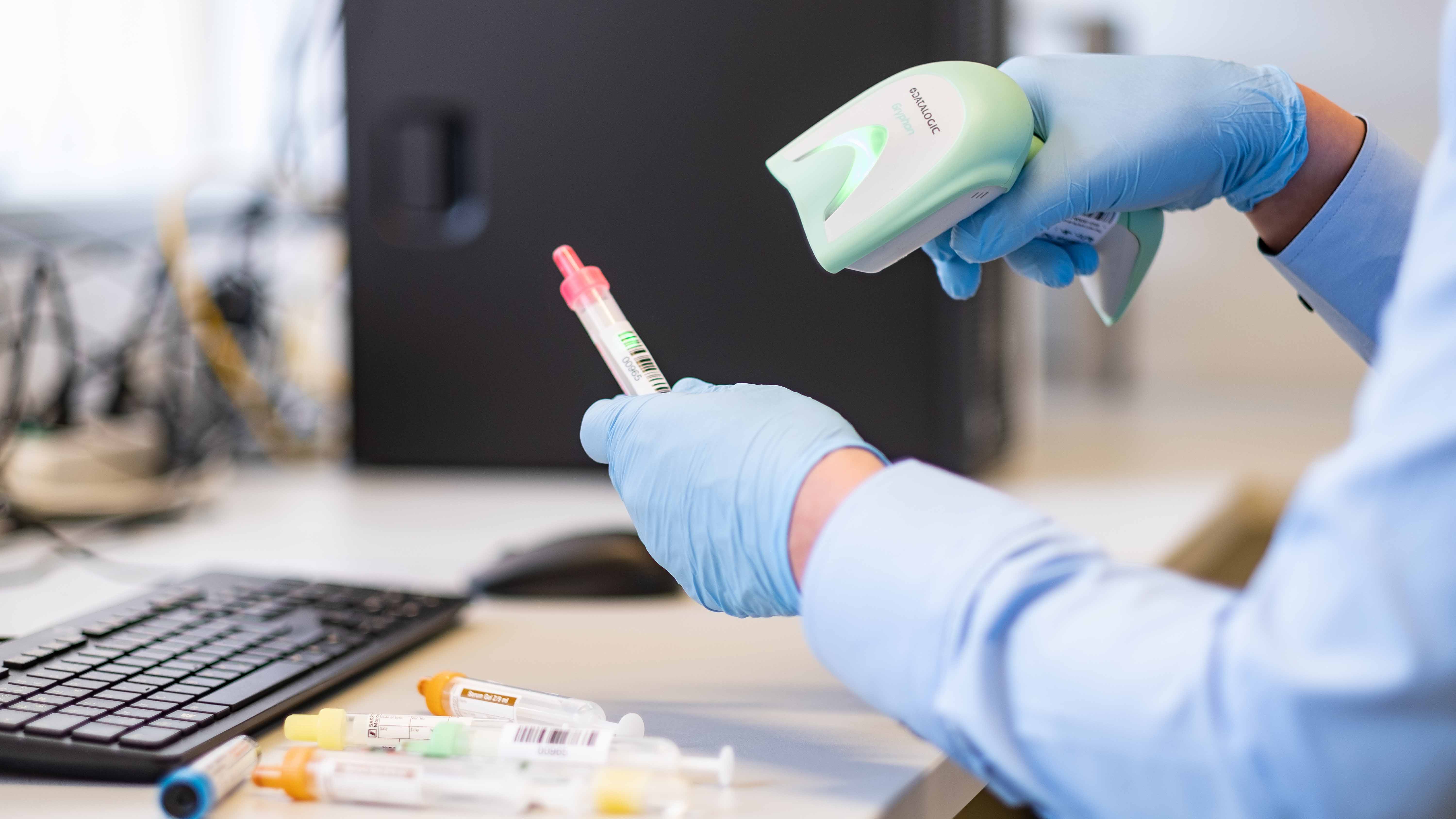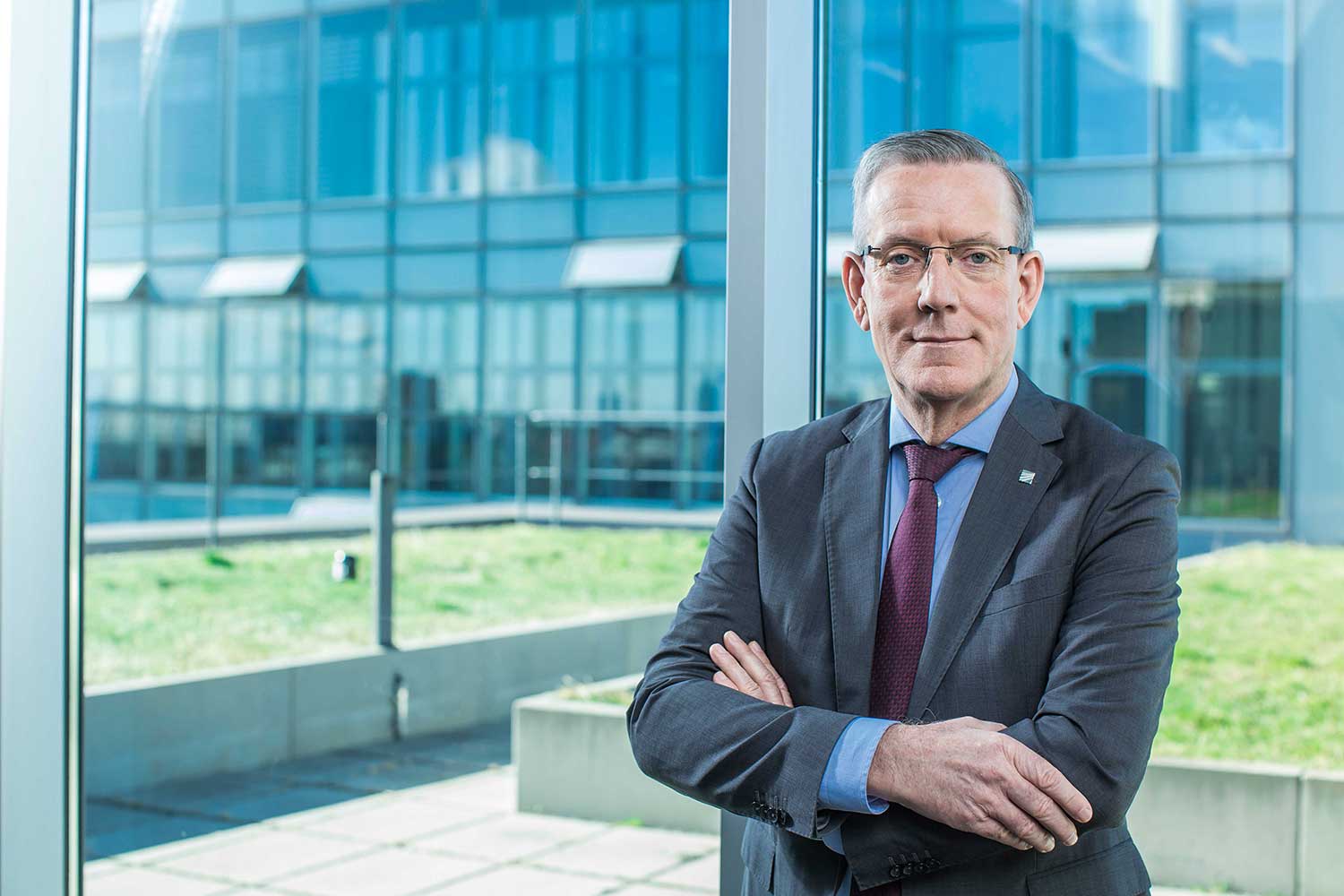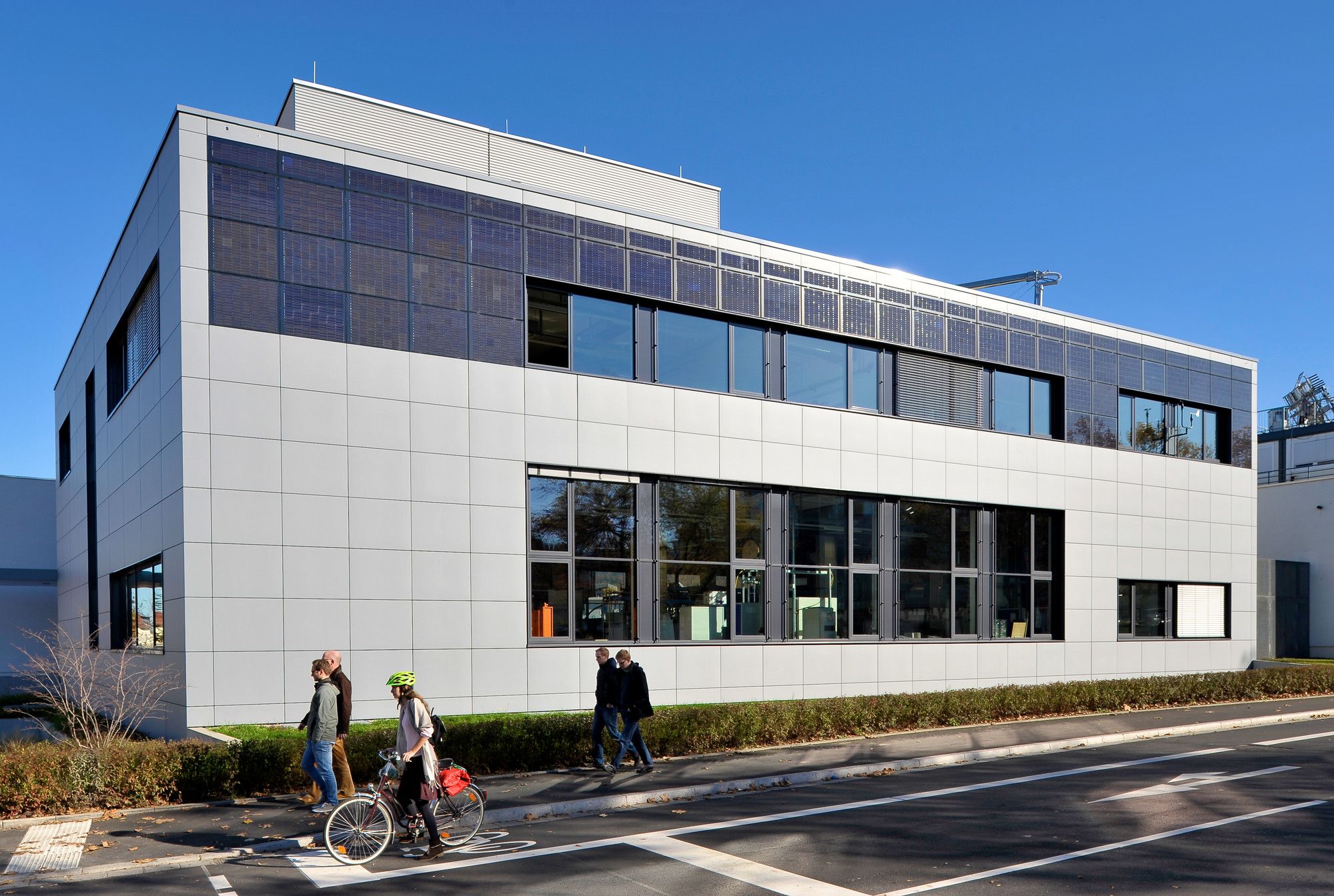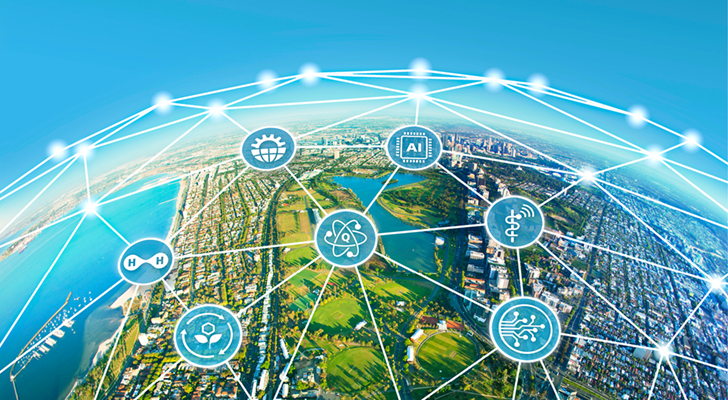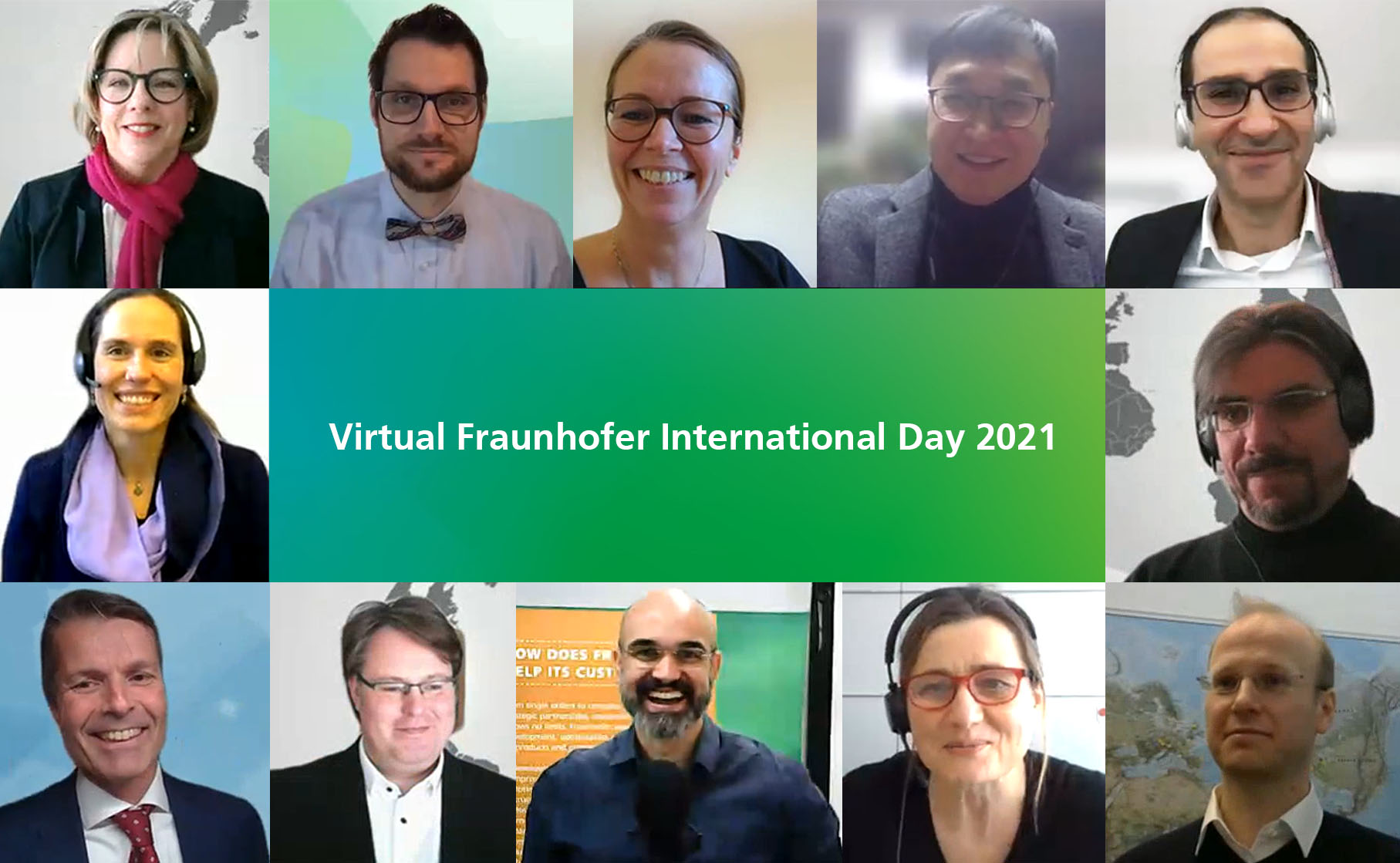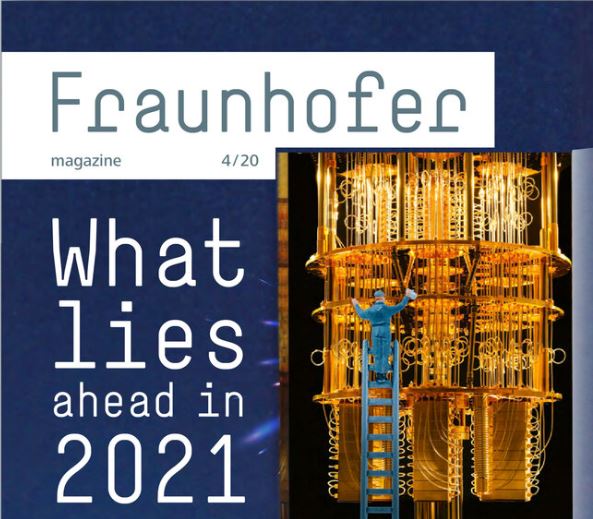Batteries are an indispensable part of our society
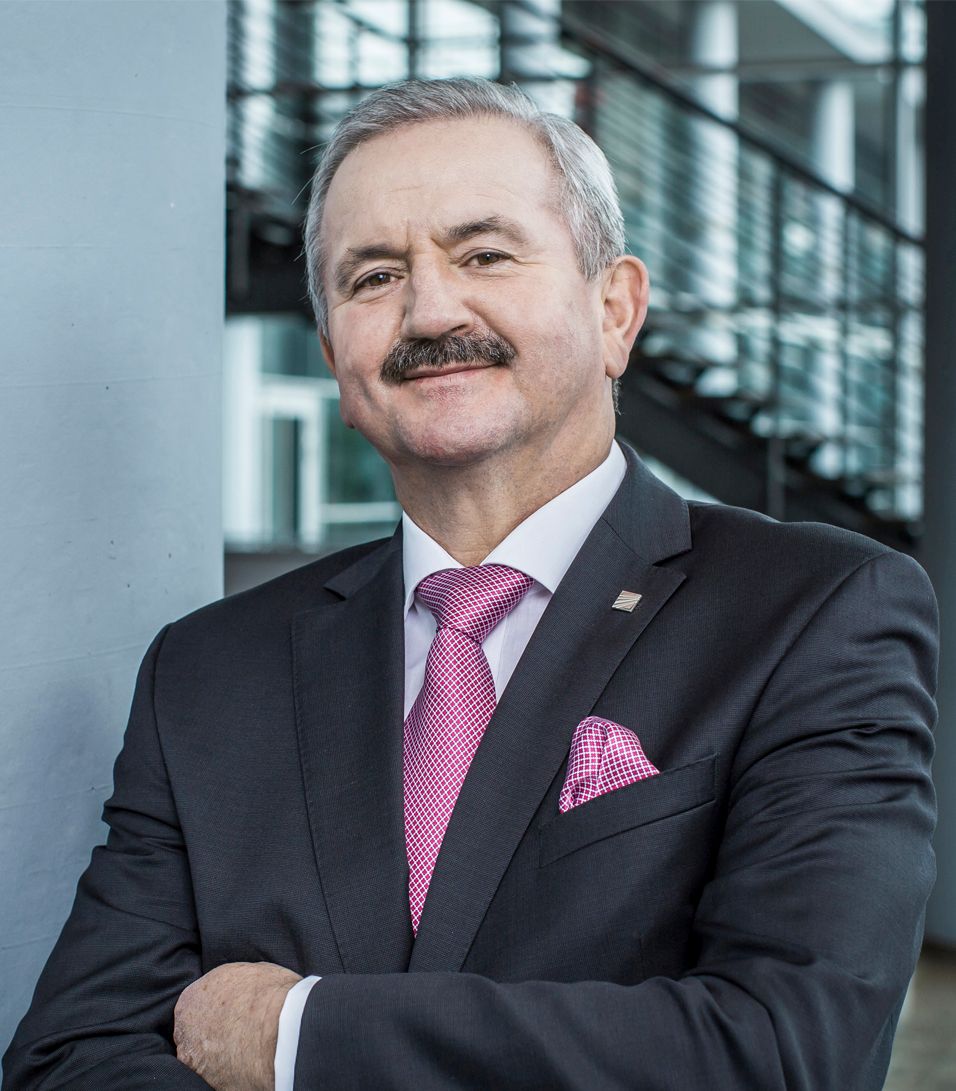
Dear colleagues,
Fraunhofer makes companies and states more successful – so say studies on the micro and macroeconomic impact of the Fraunhofer-Gesellschaft. Because funds invested in applied research at Fraunhofer have a positive effect on Germany’s economic strength and lead to higher tax revenue at federal, state and municipal level. And for companies too: Collaborating with Fraunhofer significantly increases the partners' revenue and productivity growth. If you want to see this in figures, take a look at the article on the subject in this newsletter.
The Research Fab Battery Cells (FFB) of the Fraunhofer-Gesellschaft is offering a unique opportunity, yet a completely new dimension too, for a cooperation between the scientific, business and political communities. Batteries are an indispensable part of our society – and not only in the smartphone or electric car. They are key to the transformation of the energy and mobility industries. But it takes close collaboration between research and industry to achieve the “Made in Germany” standard of more powerful batteries for the world market.
The Research Fab Battery Cells is a project of national and European significance. The FFB creates a platform that pulls together the activities of the research and industrial worlds – along the entire value creation chain in battery cell production. We, then, are not just part of, but rather the driving force of an outstanding German battery research landscape. A landscape in which Fraunhofer plays the role of specialist in highly advanced and mature manufacturing technologies.
We are especially excited to hear about the substantial increase in funding for the new building from the state of North Rhine-Westphalia by 80 million euros, adding to the 100 million euros already earmarked for the first expansion stage. This means that over the next few years, North Rhine-Westphalia will be investing a total of some 200 million euros to setup the FFB and in the targeted promotion of young talent. This top-up to the funding is a clear indication that Germany, competing internationally with applied production research under the umbrella of an independent, in terms of perspective, Fraunhofer Institute, is laying the foundations for actively shaping key markets while creating the basis for new, sustainable jobs at the same time.
Two consortium workshops with representatives from the relevant sector of industry are testimony to the huge amount of interest German industry is showing in the project and what it has to offer. The first tender elements have entered the start phase: Several Fraunhofer Institutes have worked with project partners to develop digital models that are able to simulate technical questions and product characteristics for batter cell research at any early stage. We are about to see Münster commission a coating system, including the drying and clean room technology.
Our partners in the business and political communities regard Fraunhofer as a trailblazer and catalyst in a competitive industry. And for us to carry this mantle, we need an efficient transfer of scientific knowledge and developments in innovative applications.
Spin-offs are considered, politically and publicly, to be a strong medium for such transfer. Spin-offs and the advances made to legally anchor entrepreneurship as a non-profit purpose are sending a highly visible signal for a start-up and risk culture in Germany. Research organizations are also benefiting from favorable start-up conditions, the result being even better success for their start-ups.
In the High-Tech Forum of the German federal government, I am advocating a culture that will benefit start-ups. Successful local start-ups of the Fraunhofer-Gesellschaft are an important testimony in international competition: They stand for the special combination of scientific excellence and entrepreneurial spirit. Examples of these success stories will be appearing regularly in the Executive Board Newsletter. You can read the first ones in this edition.
Sincerely yours,
Reimund Neugebauer


